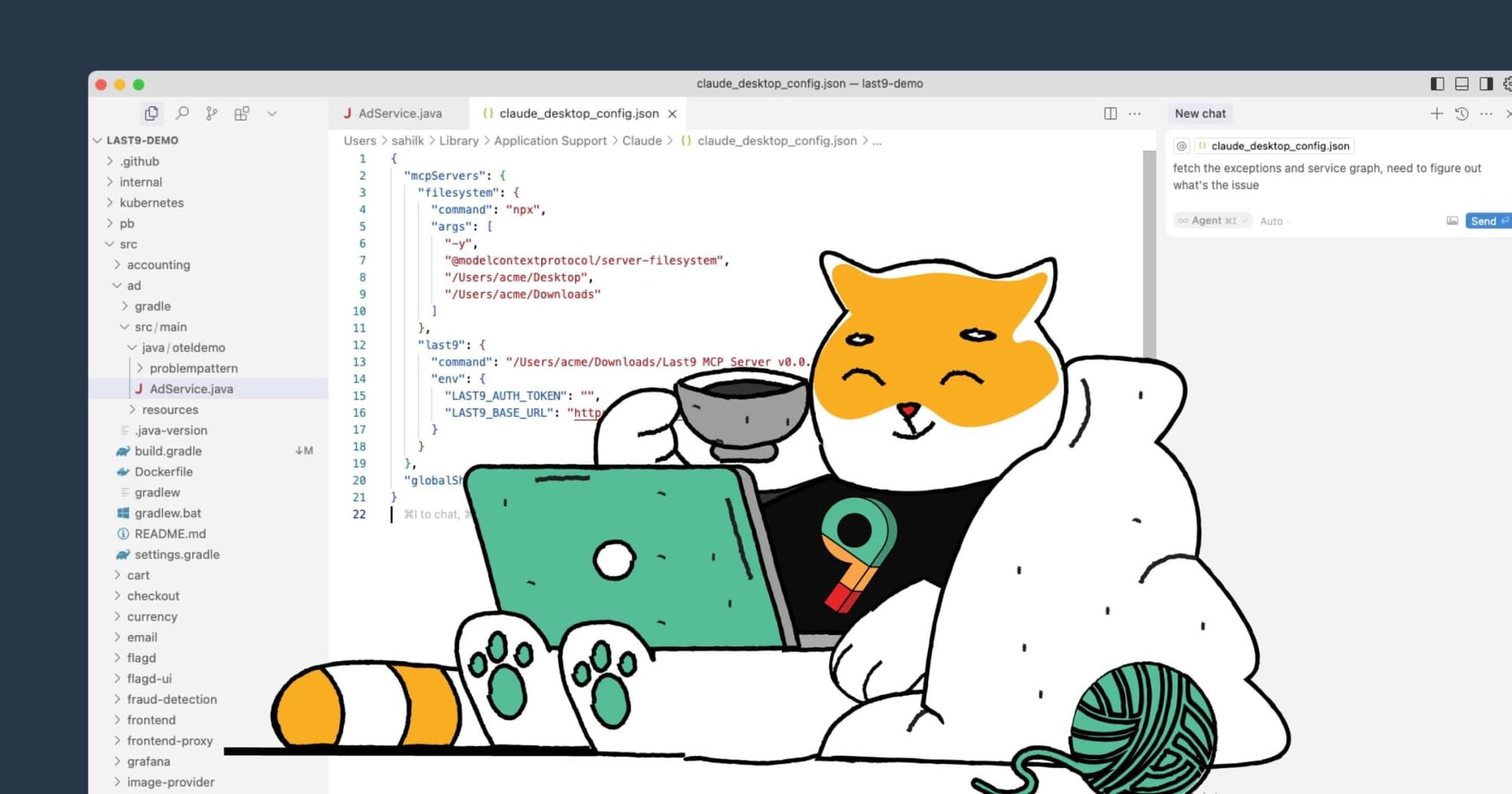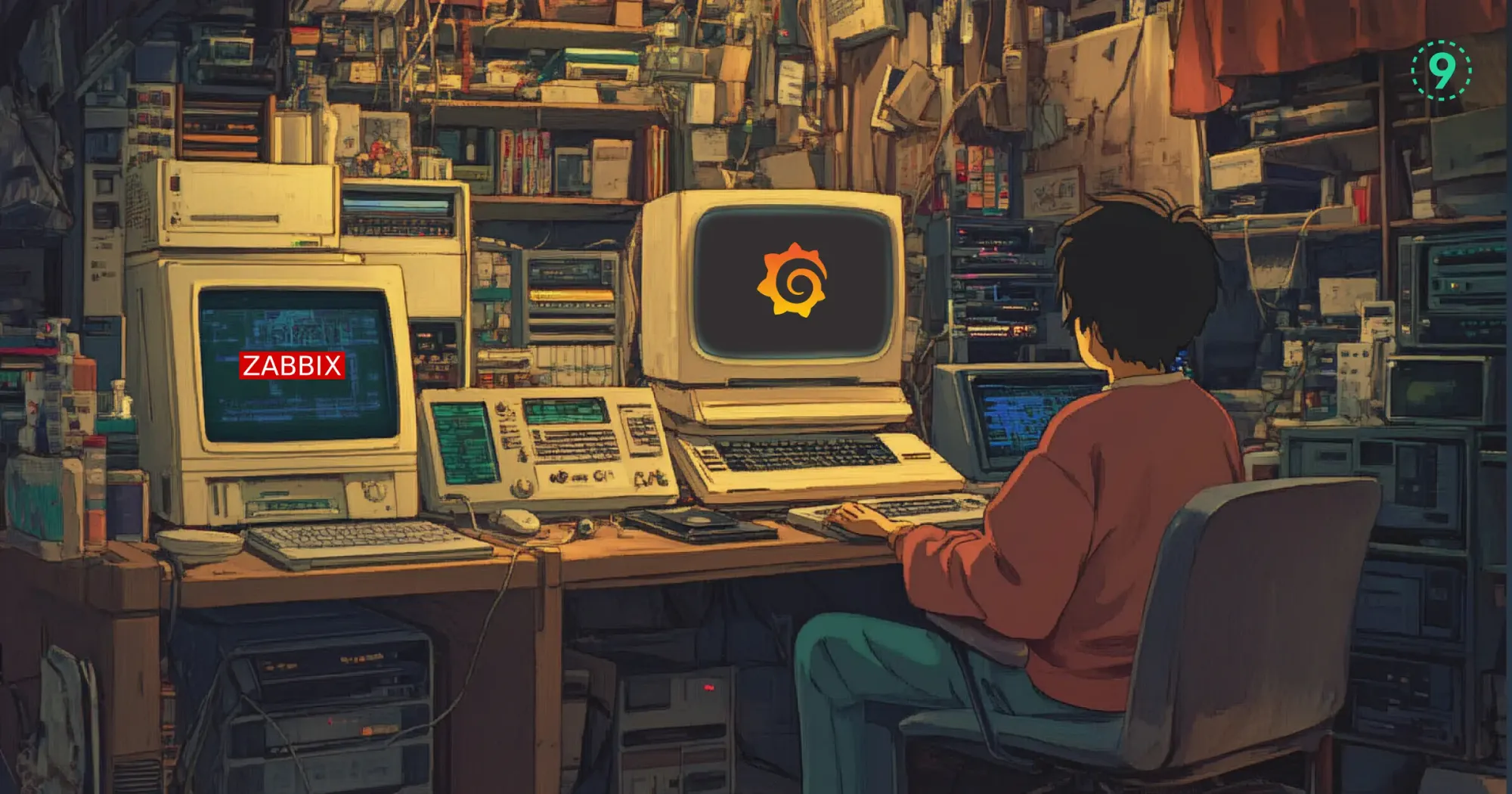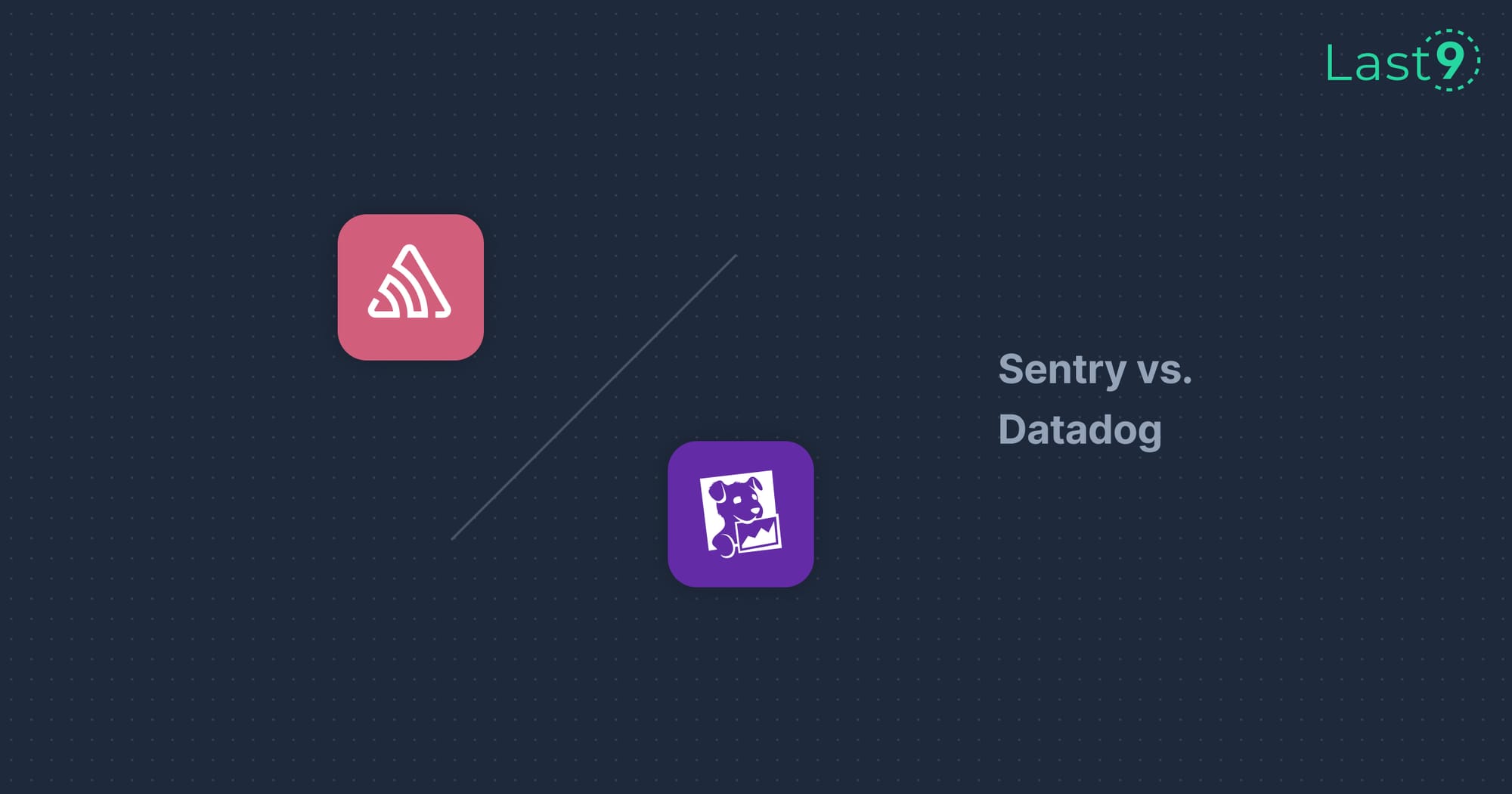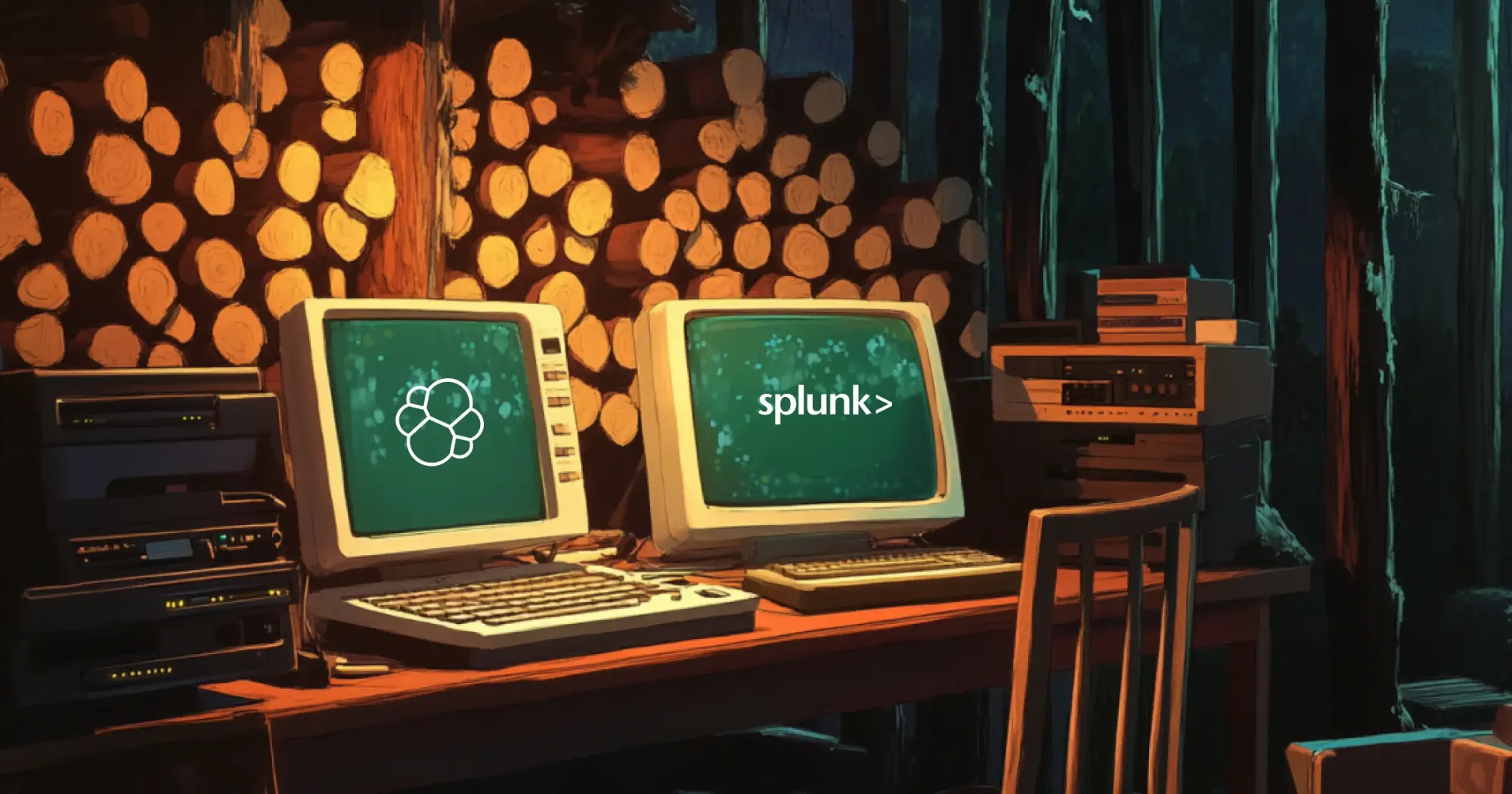With modern IT systems growing more complicated by the day, robust monitoring solutions are no longer optional—they're essential. Effective monitoring helps teams detect issues before they affect users, optimize performance, and make data-driven decisions.
Two popular tools in this space are Zabbix and Grafana, each with distinct approaches to monitoring and visualization.
Zabbix
Zabbix is a mature, enterprise-class open-source monitoring solution designed to track the status of various IT components, including networks, servers, applications, and cloud services. Released in 2001, Zabbix has established itself as a comprehensive monitoring platform with a loyal user base.
Zabbix provides a complete monitoring package with data collection, storage, visualization, and alerting capabilities all in one solution. Its flexible deployment options include both agent-based and agentless monitoring, making it adaptable to various environments.
Key features that make Zabbix stand out include:
- All-in-one monitoring solution that provides data collection, storage, visualization, and alerting in a single package
- Auto-discovery capabilities that automatically identify network devices and systems for monitoring
- Powerful alerting system with customizable notifications via multiple channels
- Template-based approach offering pre-configured monitoring scenarios for common applications
Zabbix excels in environments requiring comprehensive monitoring with minimal external dependencies. It's particularly strong in traditional IT infrastructure monitoring, including servers, network devices, and applications, where a single, integrated solution is preferred.
Introduction to Grafana
Grafana, in contrast, is primarily a data visualization platform that specializes in creating powerful, interactive dashboards. Founded in 2014, Grafana has quickly become the industry standard for metrics visualization due to its flexibility and user-friendly interface.
What sets Grafana apart is its data source agnostic approach - it connects seamlessly to numerous time-series databases, including Prometheus, InfluxDB, Elasticsearch, and many others. This flexibility allows organizations to visualize data from multiple sources in a single dashboard.
Grafana's strengths include:
- Rich visualization options including graphs, heatmaps, histograms, and geomaps
- Interactive dashboards supporting variables, annotations, and real-time updates
- Extensive plugin ecosystem with hundreds of data sources and panel types
- Role-based access control provides granular permissions for teams and organizations
Grafana shines when organizations need beautiful, customizable dashboards that can visualize data from multiple sources in a single view. It's particularly popular in DevOps and cloud-native environments where data may be stored across various specialized systems.
Visualization and Dashboards
Data Visualization Capabilities
When it comes to visualization, there are clear differences between these two platforms that impact their suitability for different use cases.
Zabbix visualization focuses on practical operational monitoring rather than aesthetics. Its built-in graphs and charts are functional but somewhat basic, providing historical data comparison and custom graph creation. The platform offers standard visualization types like line graphs, bar charts, and tables, with native support for network topology maps for infrastructure monitoring.
Grafana, on the other hand, offers industry-leading visualization capabilities with a focus on both aesthetics and usability. Its rich, interactive dashboards provide a wide variety of visualization options that go beyond basic charts. Users can create advanced visualizations like heatmaps, histograms, and geomaps that bring data to life. Perhaps most importantly, Grafana enables teams to combine metrics from different data sources on a single dashboard, creating a unified view of system performance.
Grafana clearly outperforms Zabbix when it comes to visualization. Its dashboards are not only more visually appealing but also more flexible and interactive, allowing users to drill down into data and discover insights more effectively.
Dashboard Customization and Plugins
The customization capabilities of these platforms further highlight their different approaches to monitoring and visualization.
Zabbix follows a template-based approach for reusable monitoring configurations. Its customization options include:
- Custom dashboards with predefined widgets and layout options
- Screen rotation functionality for NOC displays
- User-defined maps and graphs for specific monitoring needs
Grafana takes customization to another level with features that include:
- Extensive plugin ecosystem with hundreds of data sources and panel types
- Template variables for creating dynamic, interactive dashboards
- Custom panel development capabilities with simple JSON APIs
- Theme customization options for branding and dark/light modes
- Annotations for marking important events and incidents
Grafana's plugin architecture makes it vastly more extensible than Zabbix. The ability to create custom visualizations and integrate with virtually any data source gives users tremendous flexibility in building exactly the dashboards they need.
Pricing and Cost Considerations
Cost Analysis of Zabbix
Zabbix follows a straightforward licensing model that makes cost planning relatively simple. The core Zabbix platform is available as a free open-source solution with all fundamental functionality included.
For organizations requiring additional features and support, Zabbix Enterprise offers a subscription-based model with enhanced reporting, faster support, and extended LTS releases.
While the core platform is free, organizations should consider several other cost factors:
- Infrastructure requirements for deployment and database
- Training and expertise to properly configure and maintain the system
- Integration expenses with existing systems
- Performance optimization costs for large-scale deployments
Overall, Zabbix can be very cost-effective for organizations that have the technical expertise to implement and maintain it, especially when comprehensive monitoring is needed without numerous external tools.

Grafana Pricing Overview
Grafana offers a more tiered pricing model designed to accommodate different usage scenarios. The Grafana Open Source edition provides free access to core visualization features for self-hosted deployments. For those preferring managed solutions, Grafana Cloud offers a SaaS option with both free and usage-based paid plans.
Organizations requiring enterprise features can opt for Grafana Enterprise, which follows a subscription model with additional capabilities including:
- Enhanced authentication and security features
- Premium plugins and data source connections
- Technical support and training resources
- Reporting and collaboration tools
When evaluating Grafana's cost, organizations should also consider:
- Expenses for underlying data storage solutions
- Cloud hosting costs if not self-hosting
- Training requirements, though generally lower than Zabbix
Both tools offer free open-source options, but the total cost of ownership depends significantly on scale, required features, and existing infrastructure. Zabbix may have lower direct costs for comprehensive monitoring, while Grafana might be more cost-effective for visualization needs, especially when integrated with existing data sources.
Performance and Functionality
Disadvantages of Zabbix
Despite its comprehensive monitoring capabilities, Zabbix has several limitations that organizations should consider before implementation.
One significant challenge is Zabbix's steep learning curve. The platform's configuration can be complex and requires specialized knowledge, making initial setup and ongoing maintenance resource-intensive. Its user interface, while functional, appears dated compared to more modern monitoring tools and can be less intuitive for new users.
Scalability presents another concern for growing organizations. Zabbix can require significant resources at scale without careful planning and optimization. The platform's architecture may struggle with extremely high-volume environments without proper tuning and hardware provisioning.
Other notable limitations include:
- Less optimized support for dynamic, containerized environments
- Performance overhead from agents on monitored systems
- Database dependency requires proper sizing and maintenance
- More complex integration with some cloud-native technologies
These limitations don't diminish Zabbix's value for traditional infrastructure monitoring, but they do highlight scenarios where alternative solutions might be more appropriate.
Why Prometheus is Often Preferred Over Zabbix
In modern cloud-native environments, Prometheus has gained significant popularity as an alternative to traditional monitoring tools like Zabbix. Its pull-based architecture is more suitable for dynamic, containerized environments where services frequently change.
Prometheus offers native service discovery capabilities that seamlessly integrate with orchestration platforms like Kubernetes. Its powerful query language, PromQL, is specifically designed for time-series data analysis, making it well-suited for complex monitoring scenarios. The dimensional data model using labels provides more flexible filtering than Zabbix's hierarchical approach, better aligning with modern application architectures.
What makes Prometheus particularly attractive in cloud-native settings is:
- Simpler architecture with a built-in time-series database
- First-class support for Kubernetes and other container platforms
- Better handling of ephemeral infrastructure components
- More efficient performance in highly dynamic environments
Many organizations use Prometheus for metrics collection and monitoring, paired with Grafana for visualization, creating a powerful combination that addresses Zabbix's limitations in modern environments.
Integration and Use Cases
Zabbix's Continued Relevance and Integrations
Despite competition from newer tools, Zabbix remains highly relevant in many monitoring scenarios. Its comprehensive monitoring capabilities cover network devices, servers, applications, and services in one tool, providing a unified monitoring solution for diverse environments.
Zabbix particularly excels in network device monitoring through SNMP, offering extensive support for networking equipment from various vendors.
Its agent capabilities provide detailed monitoring options across different operating systems and applications, capturing system-level metrics that might be missed by other monitoring approaches.
The platform supports integration with numerous tools and technologies:
- Infrastructure platforms like VMware, Docker, and Kubernetes
- Communication channels, including email, SMS, and messaging platforms
- ITSM tools such as ServiceNow and JIRA
- Configuration management systems like Ansible, Puppet, and Chef
Zabbix continues to thrive in traditional IT environments with stable infrastructure where comprehensive monitoring of diverse systems is required without extensive integration of specialized tools.
Grafana Integrations and Ecosystem
Grafana's strength lies in its extensive integration capabilities that allow it to serve as a central visualization layer for diverse monitoring data. Its ability to connect to over 100 different data sources makes it incredibly versatile, enabling teams to create unified dashboards regardless of where monitoring data resides.
The platform seamlessly integrates with:
- Metrics databases like Prometheus, InfluxDB, and Graphite
- Logging solutions, including Loki, Elasticsearch, and Splunk
- Tracing tools such as Tempo, Jaeger, and Zipkin
- Cloud platforms across all major providers
Grafana Labs has expanded its ecosystem to include Loki for logs, Tempo for traces, and Mimir for metrics, creating a comprehensive observability stack. This integrated approach allows organizations to address all three pillars of observability through a consistent interface.
Grafana is ideal for organizations that need to visualize data from multiple sources, especially in cloud-native environments or where multiple specialized monitoring tools are already in place.

Conclusion: Which Monitoring Solution is Better?
The truth is, there’s no one-size-fits-all answer. Zabbix gives you a solid, all-in-one monitoring setup—especially if you're dealing with traditional infrastructure.
Some teams use both: Zabbix to gather the data, and Grafana to make sense of it visually. But if you’re tired of juggling tools or wrestling with pricing calculators, there’s another option.
Last9 is a managed observability platform built for scale—and sanity. We charge based on the number of events ingested, which means predictable costs without surprise overages. No nickel-and-diming, just clean observability.
We help companies like Probo, CleverTap, and Replit monitor high-cardinality data at scale. And, Last9 has powered observability for 11 of the 20 largest live-streaming events in history.
With native support for OpenTelemetry and Prometheus, Last9 unifies your telemetry stack—metrics, logs, and traces—in one place.
Talk to us if you’re done wrestling with observability costs and high-cardinality headaches.



